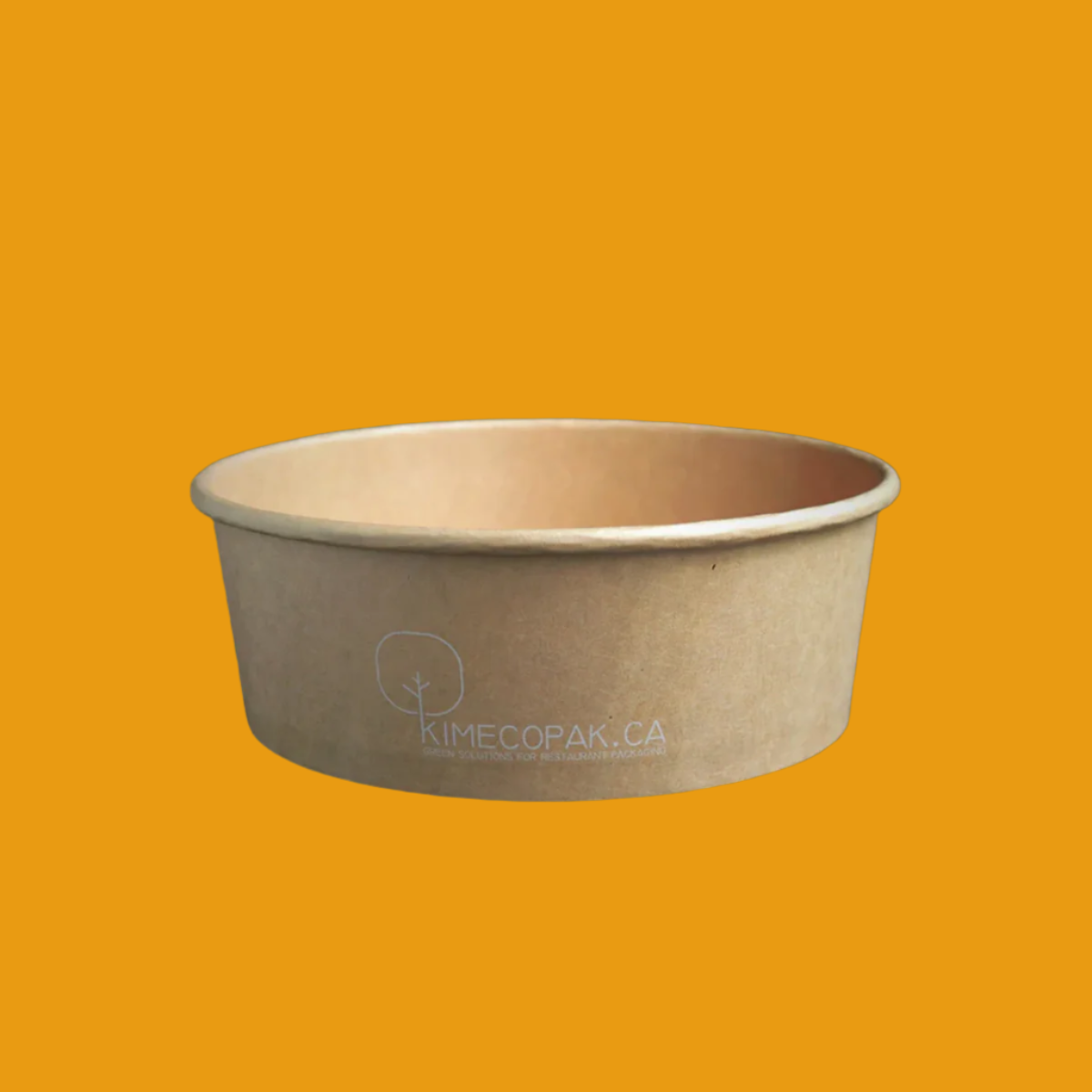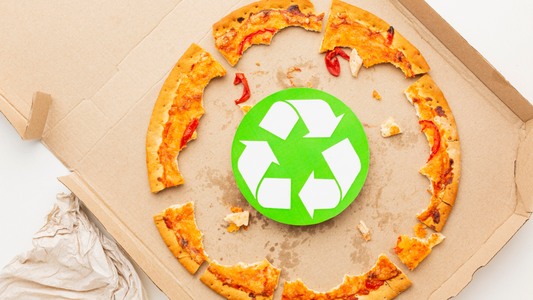Ensuring food safety and shelf life is one of the operational challenges that any food bank can face. How can these challenges be overcome? Today, let's identify the important considerations when storing food, the common problems food banks face to find the best solution.
The Importance of Ensuring Food Safety and Longevity
The problems in food storage directly affect the quality of food distributed to people. Ensuring food safety and maintaining shelf life is important to food banks for several reasons. Specifically:
- Food safety is essential to protect the health of people who receive food from food banks. Unsafe food can cause foodborne illness, which can lead to serious health problems, hospitalization, and even death.
- Shelf life is important to ensure that food is still safe to eat when it reaches recipients. Food that has expired or is past its shelf life may not be safe to eat, and could cause foodborne illness.
- Food waste is a major problem in the food industry. Food banks play a role in reducing food waste by distributing food that would otherwise be discarded. By ensuring that food is safe and nutritious, food banks can help to reduce food waste and conserve resources.
Ensuring food quality is important, however food banks meet many different obstacles in preserving food.
What Are Common Problems that Food Bank Meets When Ensuring Food Safety and Longevity?
Ensuring the safety and longevity of the food they distribute can be challenging. Here are some common issues they face:
Perishable Food Spoilage:
- Limited Cold Storage: Lack of adequate space and resources for refrigeration and freezing leads to the spoilage of fresh produce, dairy, and meat.
- Temperature Fluctuations: Inconsistent temperatures during transportation or storage can compromise food safety and accelerate spoilage.
- Improper Handling: Inadequate hygiene practices and volunteer training can increase the risk of contamination.
Expired Food Waste:
- Unpredictable Donations: Inconsistent and unpredictable quantities and types of donations make it difficult to track expiration dates and prioritize the use of expiring items.
- Lack of Inventory Management: Inefficient tracking systems hinder efforts to identify and utilize food nearing its expiration date before it spoils.
- Limited Recipient Access: Transportation barriers or infrequent distribution schedules can prevent timely delivery, leading to food expiring before reaching recipients.
Packaging Issues:
- Damaged Packaging: Torn or leaky packaging exposes food to contaminants and compromises safety.
- Inappropriate Packaging: Donations may arrive in unsuitable packaging for long-term storage or distribution, increasing spoilage risk or requiring repackaging.
- Lack of Labeling: Inaccurate or missing labels make it difficult to identify expiration dates, ingredients, or storage requirements, potentially leading to misuse or safety hazards.
Resource Constraints:
- Limited Funding: Tight budgets restrict investments in proper storage facilities, temperature control equipment, and inventory management systems.
- Volunteer Limitations: Reliance on volunteers can lead to inconsistent food handling practices or lack of availability for timely distribution, impacting food safety and shelf life.
- Transportation Challenges: Inadequate or unreliable transportation can cause delays, temperature fluctuations, and increased spoilage risk during distribution.
These problems are also challenges that food banks must overcome. So what is the solution to overcome it?

How to Overcome the Challenges of Ensuring Food Safety and Longevity
Understanding Key Considerations for Food Safety and Shelf Life
Before approaching the practical strategies, it’s important to understand the key considerations for maintaining food quality. Here are 4 important considerations to understand:
Types of Donated Food:
- Shelf-stable vs. Perishable: Canned goods have long shelf life, needing less care. Fruits, veggies, and dairy require refrigeration for safety and quality.
- Expiration Dates and "Sell-by" Dates: Pay close attention to expiration dates, indicating when the food is no longer safe to consume. "Sell-by" dates, however, suggest the product's optimal quality for sale, not necessarily its safety.
- Potential Risks: Different food groups pose different risks. Understanding the potential for microbial growth, allergens, and spoilage associated with each type is vital for proper storage and handling procedures.
Storage and Handling:
- Temperature Control: Maintaining proper temperature control throughout the distribution chain is paramount. Refrigerated and frozen items need to be kept at appropriate temperatures, while shelf-stable items should be stored in cool, dry locations.
- Safe Handling Practices: Implementing hygiene protocols, pest control measures, and proper packaging handling practices are crucial to prevent contamination and maintain food safety.
- Inventory Management: Implementing a "First-In-First-Out" (FIFO) system helps ensure older items are distributed first, minimizing the risk of food spoilage and expiration.
Packaging:
- Quality and Integrity: Evaluating the quality and integrity of packaging materials is essential. Damaged or compromised packaging can lead to contamination and food spoilage.
- Potential Risks: Leaking, tears, or punctures in packaging can expose food to harmful bacteria and pathogens. Identifying and addressing such issues promptly is crucial.
- Repackaging Procedures: Having procedures in place for safely repackaging food into appropriate containers, when necessary, ensures proper storage and protects against contamination.
Understanding how important key to ensure food safety and shelf life helps food banks easier in operational management and optimize the operation for the best food management.
Operational Strategies for Ensuring Food Safety and Longevity
While understand key consideration for food safety and shelf life is the first step to ensuring food quality, implement strategies in operation is the next step to maintain food quality. Here are 5 strategies that help food banks.
Collaborative Approach:
- Donor engagement: Partner with donors to understand food history, storage conditions, and expiration dates before accepting donations.
- Expert consultation: Collaborate with food safety specialists and regulatory bodies to develop and implement evidence-based food handling protocols.
- Recipient coordination: Work with recipient agencies to ensure safe and timely delivery, proper storage facilities, and food safety education for recipients.
Training and Education:
- Volunteer training: Provide comprehensive training for volunteers on food safety practices, including hygiene, temperature control, and proper handling techniques.
- Recipient Awareness: Educate recipients on proper food storage and handling at home to maximize shelf life and prevent spoilage.
Technology and Monitoring:
- Temperature monitoring: Utilize temperature-tracking devices to ensure consistent cold storage for perishables during transportation and storage.
- Regular audits and inspections: Conduct regular food safety audits and inspections to identify and address potential issues before they compromise food quality or safety.
Efficient Handling Practices:
- First-In-First-Out (FIFO): Implement a FIFO inventory management system to prioritize the use of older items before newer ones, minimizing waste and ensuring fresher food remains available.
- Hygienic Practices: Maintain strict handwashing protocols, sanitation of surfaces, and effective pest control measures to prevent contamination throughout the distribution chain.
- Packaging Integrity: Inspect packaging for damage and repackage if necessary to ensure food safety and prevent contamination.
Resource Optimization:
- Funding strategies: Seek grants, donations, and partnerships to secure funding for improved storage facilities, temperature-controlled equipment, and technology upgrades.
- Volunteer engagement: Develop effective volunteer recruitment and training programs to ensure a consistent and well-trained workforce.
- Transportation partnerships: Partner with reliable transportation providers and utilize insulated containers to maintain proper temperatures during distribution, particularly for perishables.
In conclusion, food safety and longevity are vital for food banks, but challenges abound. By prioritizing collaboration, training, technology, and innovative solutions, food banks can rise above these hurdles, ensuring nutritious meals for those in need.









